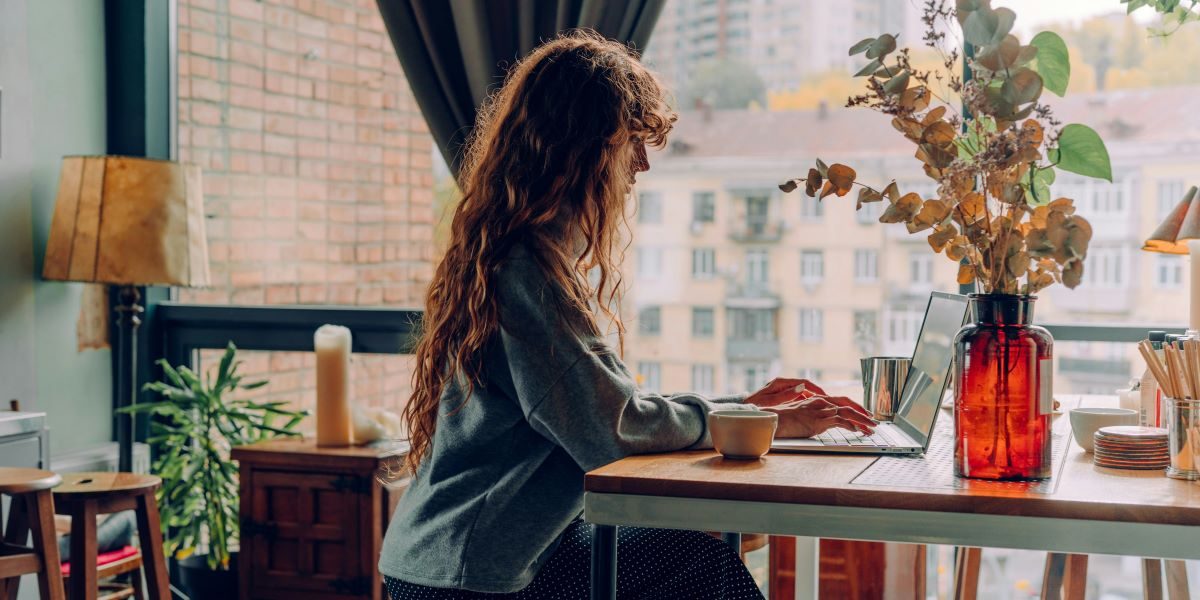What Does Creativity Look Like Beyond Traditional Art?
When someone hears the word “creativity,” thoughts might immediately go to painters with brushes, musicians composing symphonies, or writers crafting novels. While these are certainly wonderful examples, the idea of ways to be creative extends far beyond the traditional arts. Creativity is not solely about producing a masterpiece; it is more broadly about approaching situations with imagination, finding new solutions, and expressing oneself in unique ways, no matter the context. It’s about seeing possibilities where others might only see routines or problems. For instance, rearranging furniture in a living space to improve its flow and feel, inventing a new family recipe from leftover ingredients, or finding an unusual shortcut through a familiar neighborhood are all acts of daily creativity.
This broader understanding means that everyone has the potential to engage in ways to be creative every day, regardless of their artistic inclinations or formal training. It is an inherent human capacity that can be nurtured and applied to nearly any part of life. Thinking creatively often involves questioning assumptions, connecting seemingly unrelated ideas, and playing with possibilities without the pressure of immediate perfection. It can manifest in how one organizes a digital photo collection, how they plan a weekend outing, or even how they communicate a complex idea to a colleague. Recognizing these smaller, everyday acts as creative endeavors can make the concept feel much more accessible and less intimidating, opening up opportunities for personal expression and problem-solving in a more playful way.
How Can Simple Habits Spark Creative Thinking?
Cultivating ways to be creative often begins with developing simple habits that encourage a more imaginative mindset throughout the day. One such habit is practicing mindfulness. By paying closer attention to the sights, sounds, and sensations in one’s immediate environment, a person can observe details that typically go unnoticed. This heightened awareness can reveal new perspectives and inspire novel ideas, as the mind becomes more attuned to nuances and connections. For example, simply noticing the patterns of light and shadow on a wall or the rhythm of sounds outside a window can spark an unexpected thought or image. Curiosity also plays a significant role; asking “why” or “what if” about everyday things can open up avenues for creative thought.
Another simple practice is regular journaling. This doesn’t necessarily mean writing a detailed diary, but rather taking a few minutes each day to jot down thoughts, ideas, questions, or even just random observations. This unfiltered writing can help clear the mind, uncover subconscious ideas, and make connections that might not emerge during more structured thinking. It serves as a personal laboratory for ideas, allowing thoughts to flow freely without judgment. Engaging in playful activities, even for a short time, can also spark creativity. This might involve doodling during a phone call, building something with simple blocks, or experimenting with different sounds. Such moments of unstructured play can loosen up the mind, making it more receptive to innovative thinking and allowing for new ways to be creative to emerge naturally from the flow of daily life.
Where Can Everyday Tasks Become Opportunities for Creativity?

Even the most routine tasks in daily life can be transformed into ways to be creative with a slight shift in perspective. Consider cooking, for instance. While following a recipe is a necessary skill, true culinary creativity comes from experimenting with ingredients, adjusting flavors, or improvising when a key item is missing. Thinking about how different textures and tastes complement each other, or inventing a new dish from existing components, turns cooking into an expressive art form. Similarly, organizing a living space or a work desk can move beyond mere tidiness. It becomes creative when one thinks about optimizing flow, enhancing aesthetics, or designing systems that genuinely improve efficiency and comfort in a unique way. It’s about finding functional solutions that also bring joy or ease to the everyday.
Problem-solving, whether at home or in a professional setting, is also a fertile ground for daily creativity. Instead of defaulting to the most obvious solution, taking a moment to brainstorm unconventional approaches can yield surprising results. For example, if a household item breaks, one might consider how to repurpose its parts rather than simply replacing it, leading to an innovative repair or a new use for old materials. In a work context, approaching a challenge from a different angle, questioning established procedures, or collaborating with others to develop a truly original strategy are all manifestations of creativity. By consciously seeking opportunities to innovate, experiment, or personalize even the mundane, individuals can discover countless ways to be creative woven into the fabric of their daily existence, making life more engaging and fulfilling.
Why is Sharing and Learning Important for Creative Growth?
Engaging in ways to be creative is not just an individual journey; it is also deeply enriched by sharing one’s work and continuously seeking new knowledge. Sharing creative endeavors, whether it is a new recipe with friends, a photograph with a small group, or a unique approach to a problem with colleagues, can lead to valuable feedback and new perspectives. Constructive criticism, when offered kindly, can illuminate areas for improvement and spark new ideas, helping one refine their craft. Even simply showing one’s work can be a powerful motivator, providing a sense of accomplishment and encouraging further creative efforts. It’s about putting ideas out into the world and seeing how they resonate, allowing for a broader dialogue.
Furthermore, continuous learning is an important element for ongoing creative growth. This doesn’t necessarily mean formal education; it can be as simple as picking up a new book on an unfamiliar topic, watching a documentary about a different culture, or trying a new skill through an online tutorial. Exposure to diverse ideas, techniques, and viewpoints provides fresh input for the mind, helping to break free from habitual thinking patterns. For example, learning about a different artistic style might inspire a new approach to writing, or understanding a new historical period might spark ideas for a unique cooking project. By embracing lifelong learning and engaging with others, individuals ensure a constant flow of inspiration, fueling their desire to explore new ways to be creative and deepen their imaginative capabilities throughout their lives.
















